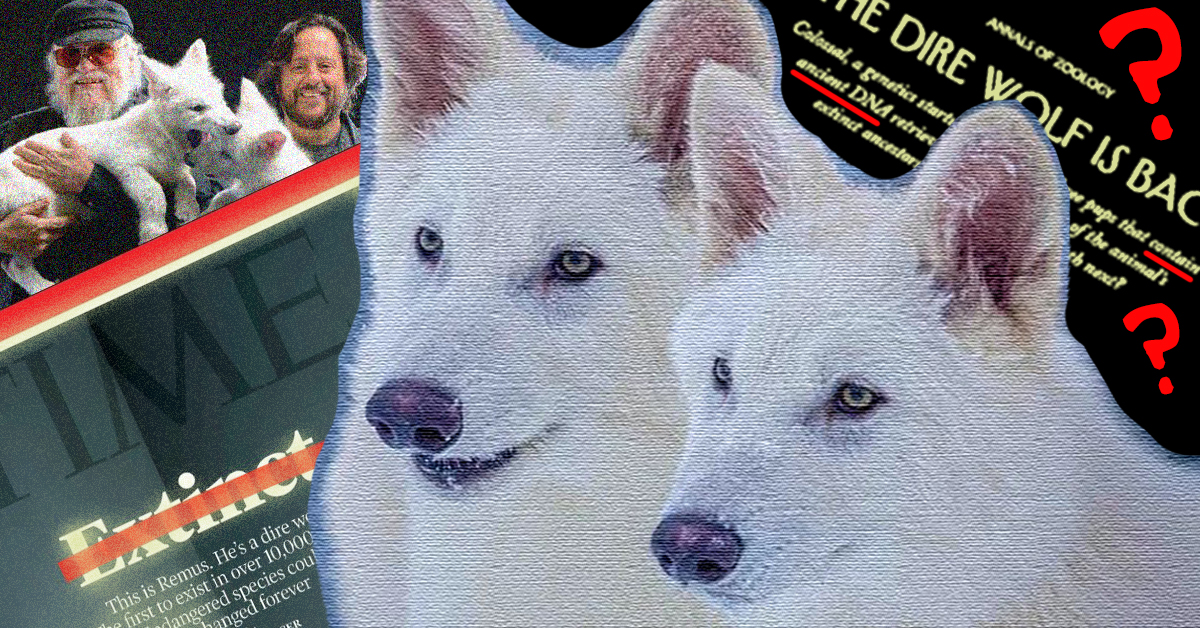Welcome to #AskFlipScience, where we answer even the strangest, silliest questions with science!
This week’s question: What are moles, and why do we have them?
Call them blemishes, beauty marks, or weird things on your skin. Moles are something that everyone’s wondered about at least once. And while they may be irritating at worst and a personal trademark at best, there’s really nothing to wory about… most of the time.
To understand how moles form, we need to take a closer look at our skin.
The skin is divided into several layers, from outermost to innermost: the epidermis, the dermis, and the hypodermis. Moles form on the dermis, the outermost layer. That’s why they’re usually raised from the rest of the skin around it.
The bottom of the epidermis contains a particular kind of skin cell called a melanocyte. These skin cells all grow side by side at the bottom of the epidermis, and their job is to give the keratinocytes (the cells closer to the surface of your skin) melanin, a pigment that gives skin its color.
In an ideal world, the melanocytes will happily chill down there at the bottom of the dermis and stay that way for the rest of our lives. However, sometimes (usually during routine cell division) they start growing on top of each other, in a process called “nesting.”
Eventually, the nest pushes out so far from the bottom layer that it shoves aside the keratinocytes and reaches the surface to form a melanocytic nevus – or simply put, a mole.
So, why are they darker than the rest of the skin? Well, the melanin produced by melanocytes darken in response to sun exposure. It’s your body’s way of protecting itself from too much sun.
Normally, the keratinocytes take care of this. (Think of every time you got a tan). A nested melanocyte cluster, however, has no such buffer from the sun, hence the darker shade.
It’s also why everyone has at least 10 or so moles – wherever the sun hits us, there’s a possibility that a mole might form. UV radiation from sunlight makes the melanocytes work into overdrive. And when they do, they’re more likely to nest, and thus more likely to form moles.
Genetics also play a role. Ever heard of babies born with moles? That’s probably because their parents had plenty of them. (If you have lots of moles, you can probably confirm this with your own parents.)
So how does this become a bad thing? Well, our bodies regularly replace cells. This includes moles, which is why some of them come and go after a while. But if this process fails with a melanocyte cluster and it starts growing out of control, it becomes a problem.
Cells that run rampant, unchecked, and doing what they’re not supposed to do is one of the hallmarks of cancer. In this case, the type of cancer is called melanoma. Prolonged exposure to the sun is the most likely culprit. That’s why sunblock, covering up, or even a simple parasol is important for people who need to go out on hot days. (Hello, every Philippine summer commute ever.)
So don’t worry too much about a new mole popping up somewhere in your body. Still, keep an eye out for them when you look in the mirror every morning, especially in places where the sun hits you. And if one of those small dots starts growing bigger or comes in more colors, see a doctor as soon as possible.–MF
Cover photo: Oleg Magni/Pexels
References
- https://www.sciencefocus.com/the-human-body/why-do-we-have-moles-on-our-skin/
Author: Kyle Edralin
A writer, creative, and craftsman – Kyle (or as his friends call him, Phenex) trawls the internet for interesting science stories to share to the aforementioned friends. He has since decided to bring this pursuit to a much wider audience, and is working delivering this kind of information in a way that makes much more sense than his usual ramblings. He is also very fond of penguins.







